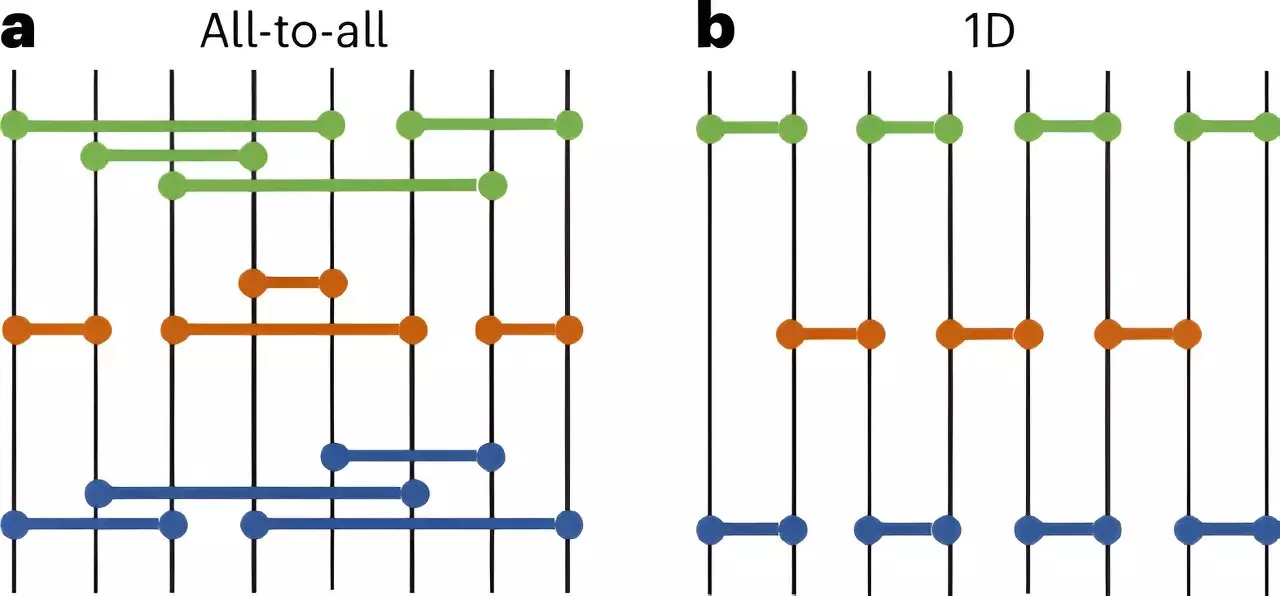As quantum computing continues to be at the forefront of scientific research, the need for precise error correction mechanisms becomes increasingly important. Quantum error correction plays a crucial role in enhancing the accuracy and reliability of quantum computers, paving the way for new discoveries and applications in various fields of study.
Recent research published in Nature Physics sheds light on a groundbreaking discovery in the realm of quantum error correction. The study, conducted by researchers Jinmin Yi, Weicheng Ye, Daniel Gottesman, and Zi-Wen Liu, has uncovered a new way to distinguish between nontrivial and trivial quantum error correction codes. This new boundary line holds significant implications for the practical applications of quantum computing and other scientific disciplines.
The researchers’ findings establish a strong connection between Approximate Quantum Error Correction (AQEC) code properties and the complexity of quantum circuits. By leveraging this connection, scientists can now assess the precision level of quantum codes with greater accuracy. This breakthrough could potentially lead to major advancements in the study of quantum systems and their practical applications.
Implications for Various Scientific Fields
The impact of this discovery extends beyond quantum computing and error correction. Scientists studying topological order and quantum gravity are poised to benefit from these findings as well. The newfound understanding of the relationship between entanglement conditions and code properties opens up new avenues for research and exploration in these complex scientific areas.
Unlocking Potential for Future Research
One of the co-authors of the study, Jinmin Yi, highlights the importance of their research in providing a quantitative understanding of the differences between various quantum notions. This newfound clarity has the potential to unlock doors for future research endeavors and shed light on previously unexplored aspects of quantum mechanics and theoretical physics.
Integrating Quantum Mechanics with General Relativity
The study of AQECs has also offered intriguing insights for scientists seeking to bridge the gap between quantum mechanics and general relativity. By evaluating AQECs using subsystem variance, researchers have identified potential connections between certain Conformal Field Theory systems and gravitational descriptions. This could potentially lead to groundbreaking discoveries in the field of theoretical physics.
The research on quantum error correction codes represents a significant step forward in our quest for a deeper understanding of quantum systems and their practical applications. The newfound insights and connections established by this study have the potential to revolutionize various scientific fields and pave the way for future discoveries and advancements. As scientists continue to delve into the complexities of quantum computing, quantum error correction will undoubtedly play a pivotal role in shaping the future of scientific inquiry.


Leave a Reply